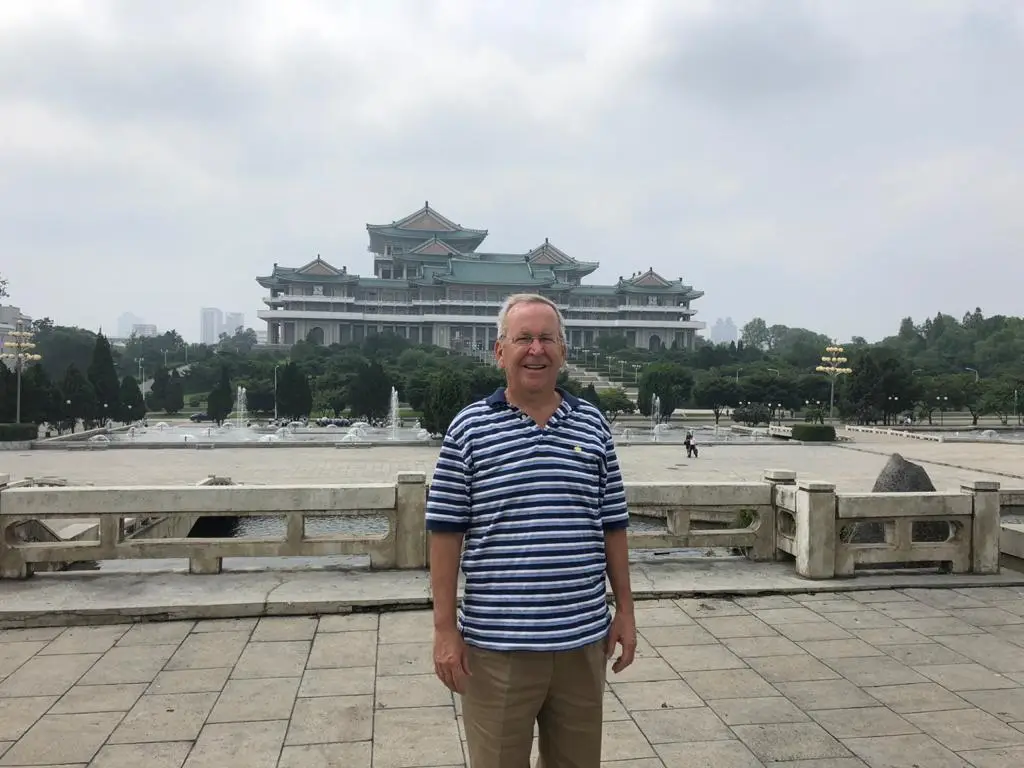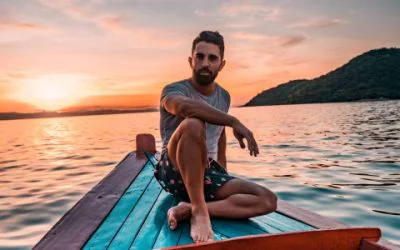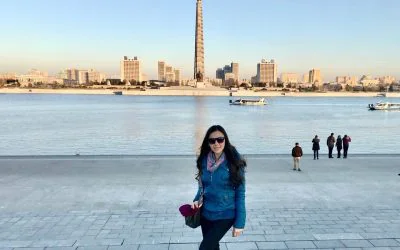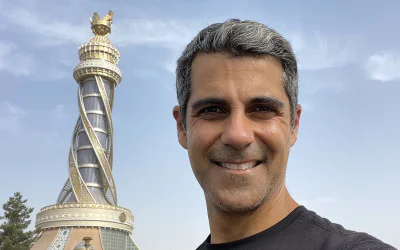66 year-old Jaime Alemán from Panama arrived in Nauru in early March, making it his 193rd UN country. He certainly managed the feat by the skin of his teeth before the world came to a standstill. A former ambassador of his country to the U.S, Jaime becomes not only the first Central American but in fact the first person that we know of from the Spanish-speaking Americas to have visited every country.

Jaime, tell us about your early years and how your love for travel developed.
I think I was born with a passion for travel, just like others are born with a passion for music, painting, sports, etc. I was 11 years old and living in Washington D.C. while my father served as Panama’s Ambassador to the US. One day my nanny told me she was going on a bus trip to the Niagara Falls with some of her friends. I immediately begged her to take me with her, and she and my parents agreed. I was hooked right away. I loved the trip, and immediately started dreaming of going to new places.
I started taking French lessons at the Alliance Francaise when I was 15 years old, and before my freshman year of college in the US, I had already decided that I wanted to study a full year in France and do the Semester at Sea Program sailing around the world from Florida to California via Africa and Asia. And I went ahead and did it, at a time when traveling was not nearly as common as it is today.
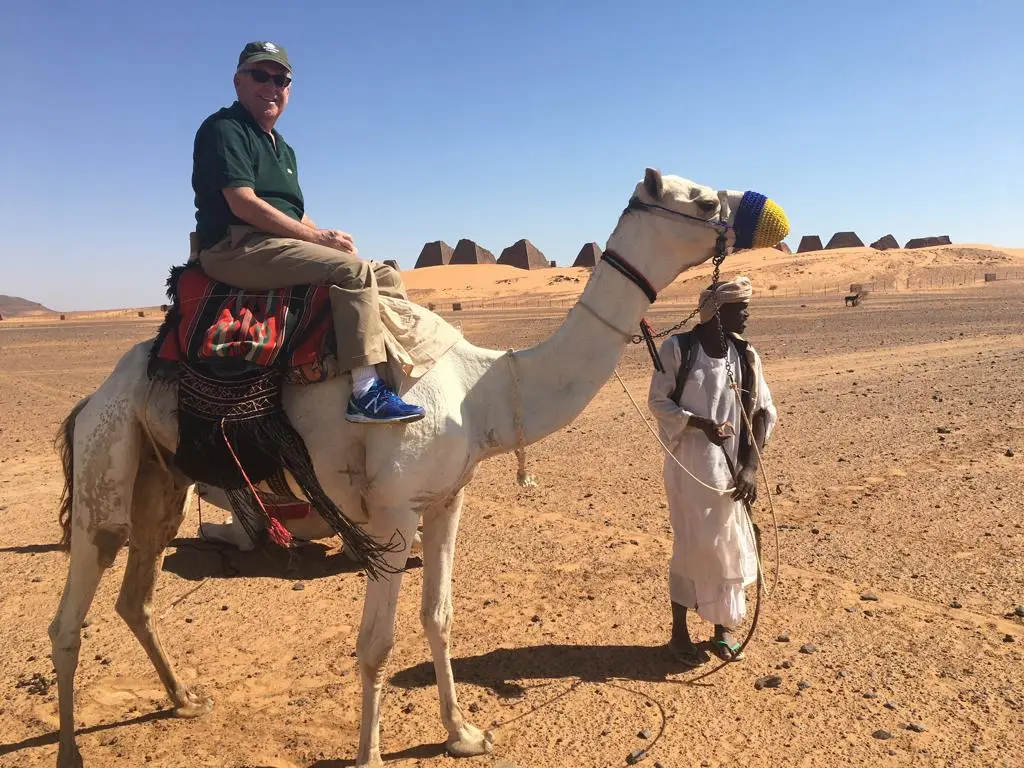
You are a lawyer and have been a diplomat too. Tell us a few of your experiences in your professional life and how they have also influenced your understanding of being a traveller.
I would phrase it differently. I believe that my living in the US at a very young age when my father was Ambassador, and then spending a year and a half of my college years studying and traveling in Europe, Africa and Asia opened the doors to my business opportunities, rather than my business opening the door to my travel. However, it’s also true that my business is 70% international, and I definitely took advantage of that to continue to discover new parts of the world. I’m 66 now but the passion is even stronger than when I started. And I’m not slowing down anytime soon.
And without a doubt having traveled so much helped me enormously in my career as an international lawyer and banker, and also when I followed my father’s footsteps and became Ambassador of Panama to the US. There is no better education in the world than traveling.
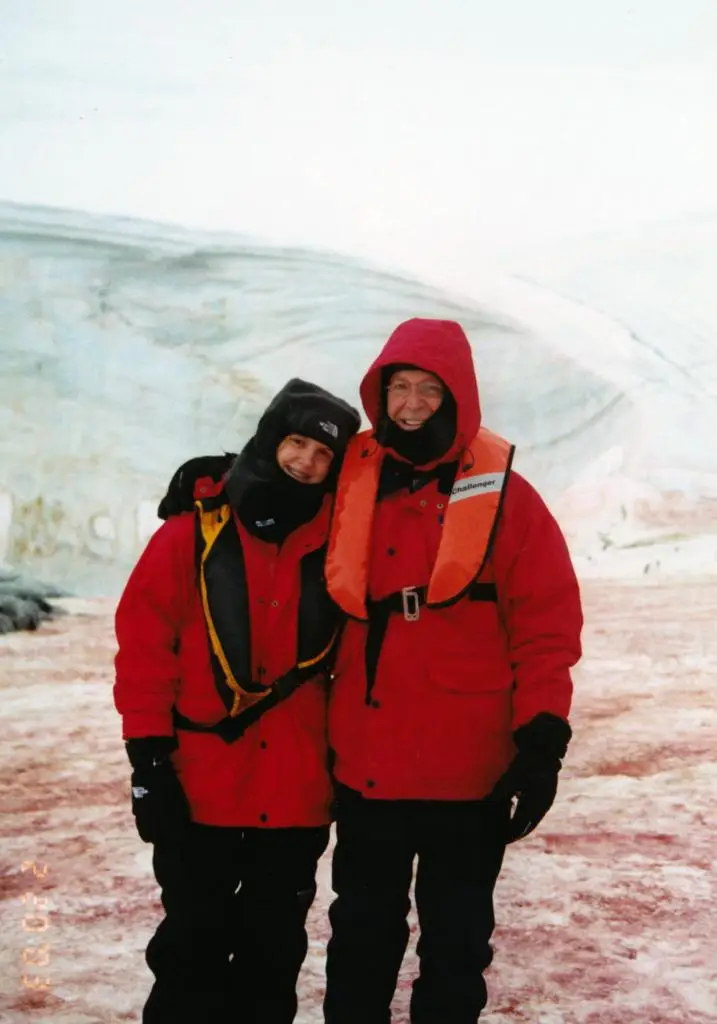
What does it mean to be Panamanian? How is it different, say, from being Colombian or Costa Rican?
We like to say that Panama is the “Puente del Mundo, Corazón del Universo” (Bridge of the World/Heart of the Universe) because of the role the country has played on the world stage, starting with the trade fairs in Portobelo in the 16th century during the time of the Spanish Conquistadors; the construction of the trans-isthmian railroad in the 18th century; and then the construction of the Panama Canal in the 19th century. So we were globalized before the term was even invented. That’s why we have such a successful and peaceful multi-ethnic cosmopolitan society in Panama, more so than any other country in the Americas.
We’re blessed to have wonderful neighbors like Colombia and Costa Rica and have an excellent relationship with both of them, but we like to think that our traditional outreach to the world gives us a unique advantage over them.
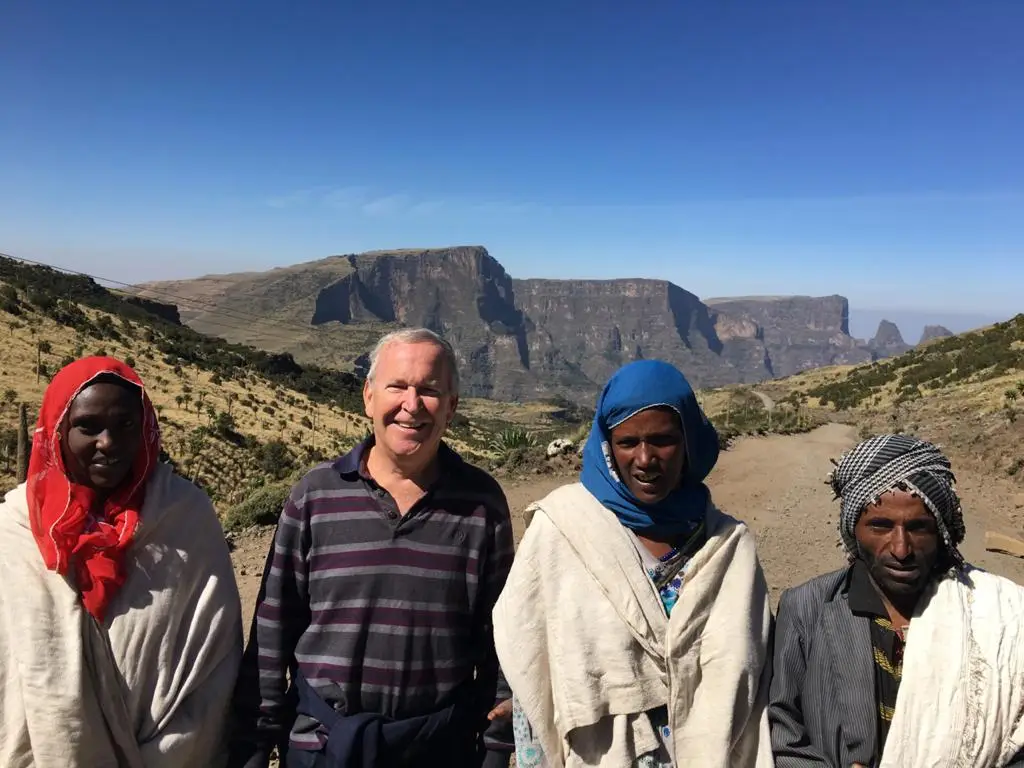
And what are, in your opinion, some of Panama’s unmissable sights?
Obviously the Panama Canal is a must see place, but there are others like Fort San Lorenzo, Portobelo and Panama Viejo (the first Spanish settlement on the Pacific Coast of the Americas), which are must sees because of their historical value. Crossing the Isthmus through the untamed Darien Jungle following the route of Vasco Nuñez de Balboa when he discovered the Pacific Ocean is also quite an experience. Visiting the indigenous communities in Chiriquí on the Western part of Panama is also a must, as is climbing the 3,300 meter high Volcan Barú and seeing the quetzals along the way.
And last but not least make sure to visit the remote and pristine San Blas and Bocas del Toro archipelagos on the Caribbean coast of Panama, and the Pearl Islands and Coiba archipelagos on the Pacific.
And if surfing is your passion, make sure to visit world famous Santa Catalina, and also Pedasí.
And in Panama City a visit to the spectacular Frank Gehry-designed BioMuseo is a must. It shows how Panama rose from the depths of the ocean to unite North and South America, thus separating the Atlantic and Pacific Oceans and producing climatological changes which in turn had an impact as far away as Africa and Europe.
You can finish your visit to the city by spending a few hours at the vibrant Casco Viejo (Old City), with its lively bars, restaurants and boutiques.

Why is Panama often overlooked in terms of travel compared to its neighbours?
That’s a great question, especially considering that we’re the most connected city in Latin America thanks mainly to Copa Airlines, which flies to over 80 destinations in the US, the Caribbean and Latin America. There are also direct flights on Iberia, Air France, KLM, Lufthansa and Turkish Airlines to Madrid, Paris, Amsterdam, Frankfurt and Istanbul, respectively. The government and the private sector both need to follow the admirable example of Costa Rica and do a better job of promoting Panama as a tourist destination. The main elements are already in place. The rest should be easy.
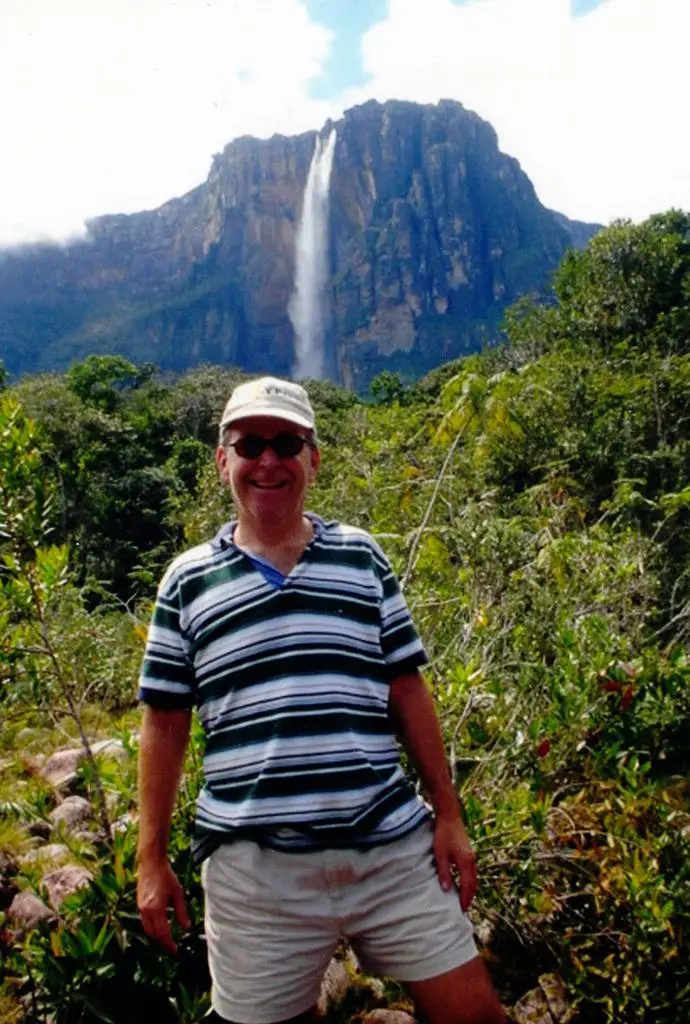
Turning to your travels, you just finished 193 in Nauru. Recount your last voyage until you reached Nauru… and how does it feel to have achieved it?
The last voyage was a real odyssey, mainly due to a major mistake by my US-based travel agent. I was also partly at fault because I had just returned from a complicated trip to Libya and didn’t double check my itinerary before departure like I normally do.
I left Panama on February 8th on my way to Fiji via Los Angeles in order to visit the last four countries left on my list: Nauru, Tuvalu, Papua New Guinea and Palau. I arrived in Fiji without any problems and showed up at the airport the next day for the trip to Nauru, only to find out that Nauru Airways had changed its itinerary several weeks before and my travel agent had not found out about it. There was no flight that day. Furthermore, the frequency of the flight was now only one a week instead of two.
I remained calm and started developing an alternative plan, which is not easy when traveling on a Panama passport because of the visa requirements. In the meantime I went on to Tuvalu, Papua New Guinea and Palau, where my wife and children were waiting for me for what was supposed to be the celebration of visiting every country in the world.
From Palau we went to the magnificent Amanpulo resort in the Palawan Islands of the Philippines, and then to Manila, Tokyo and Lanai in Hawaii. My backup plan was to fly from Honolulu to Majuro and from there for one day to Nauru before returning to Majuro and undertaking my long return to Panama. But the Marshall Islands passed a resolution at the last minute forbidding the entrance to anybody who had been to Japan since the beginning of the year, all due to the fear of the Coronavirus epidemic.
That forced me to go back from Honolulu to LA in order to catch a flight to Fiji the next day, and then fly from Fiji to Nauru on the once a week flight. In the meantime my visa for Nauru had expired and my lawyers there were scrambling like mad to get me a new one, which they managed to do before my flight on Saturday March 7th. I was emotionally overwhelmed when I got my boarding pass, and even more so when I finally landed in beautiful and remote Nauru, a wonderful place where I was received warmly with open arms by everyone. I reached my goal and am incredibly happy with that.
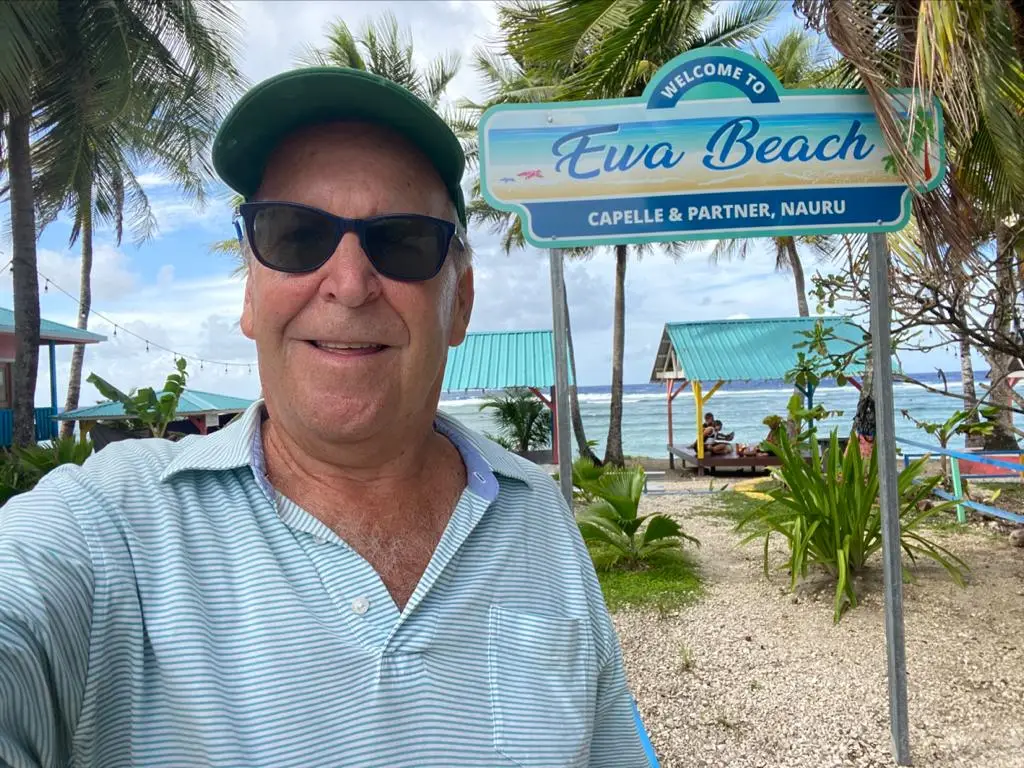
Give us a few travel stories which have really impacted you.
Going to Poland, the USSR and Latvia in 1972 while studying in France really shocked me. Everything was absolutely terrible and dreary. I’ve never forgotten those images, nor the shock of going from West Berlin to East Berlin at around the same time.
The first time I went to Cuba and saw such abject poverty was also shocking. My wife and I were so distraught we felt like getting on the next plane and returning to Panama. Going to Dachau and Auschwitz Concentration Camps also impacted me enormously, as did visiting Ile de Gorée in Senegal from which innocent Africans were forcibly separated from their families and sent to the Americas as slaves.
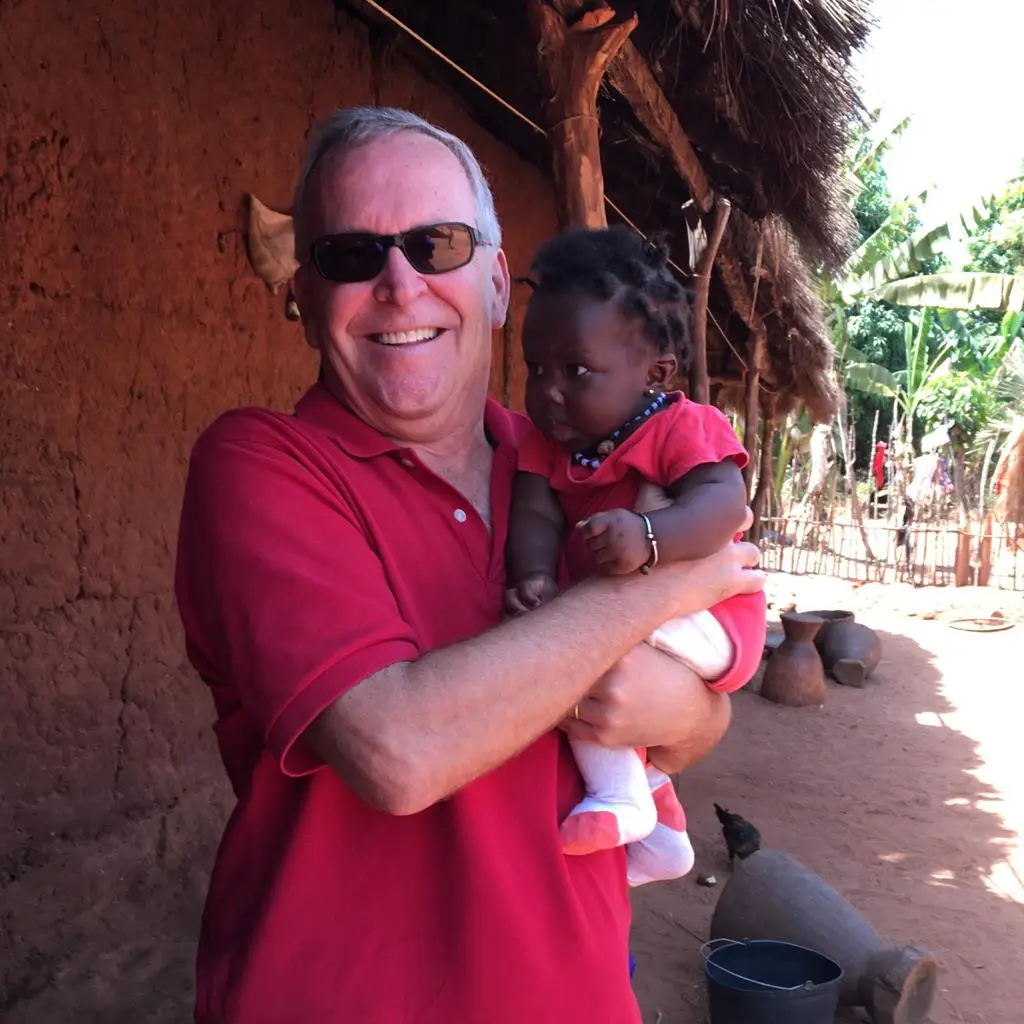
And visiting the UN refugee camps all across Africa and seeing how even in the 21st century so many crimes against humanity are still being committed has also caused me a lot of distress.
Also, walking in Paris and seeing so many immigrants from Africa and the Middle East camped out on the streets begging for money, or walking the streets of Denver and San Francisco and seeing so many homeless people everywhere asking for handouts.
Or being in my hotel room in Juba, South Sudan and having the receptionist come into my room begging me to get her out of the country. But all of those sad reminders of the tragedies of the past and present are greatly compensated by the warmth and hospitality that I have received from thousands of people during the 48 years I have spent circling our beloved Planet. It’s been a true blessing, and I’ll cherish the memories forever.
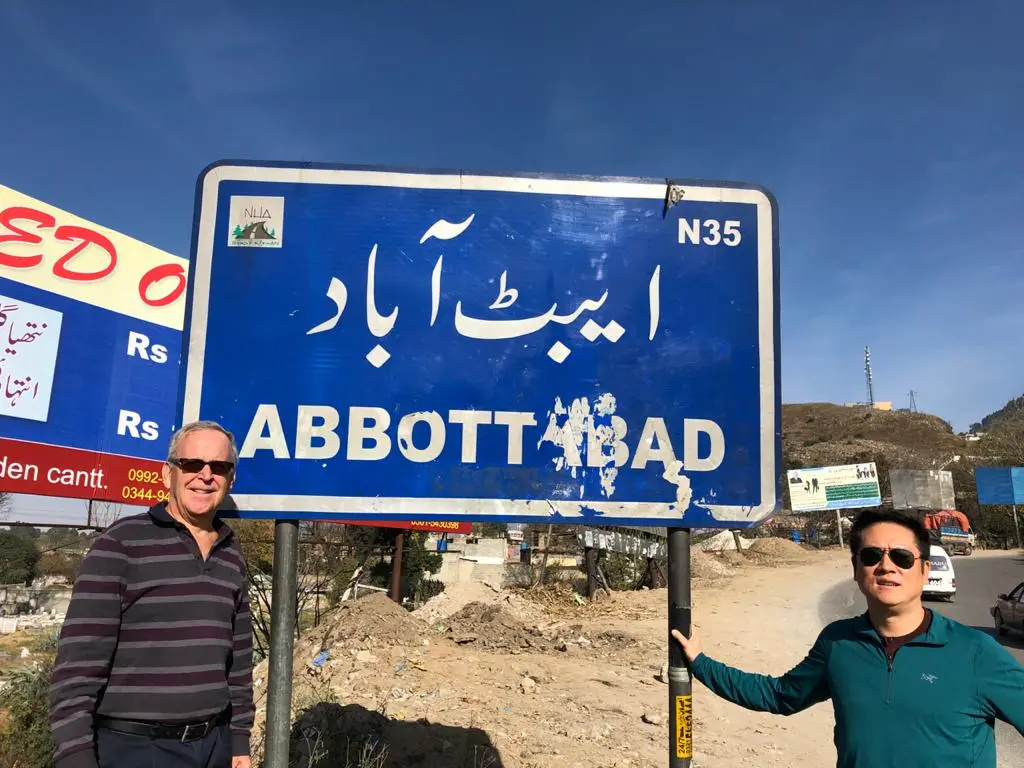
Which countries surprised you, positively or negatively?
It’s hard to say which countries surprised me the most in a positive manner because I’ve enjoyed most of them, but I would say that New Zealand, Australia, Tanzania, South Africa and Afghanistan are the ones that most appealed to me, not only because of their natural beauty but also because of the warmth of their people. Papua New Guinea impressed me very positively as well, especially after all the horror stories I had heard about them, which turned out to be false. The same applies to North Korea and Iran, both of which were very positive surprises.
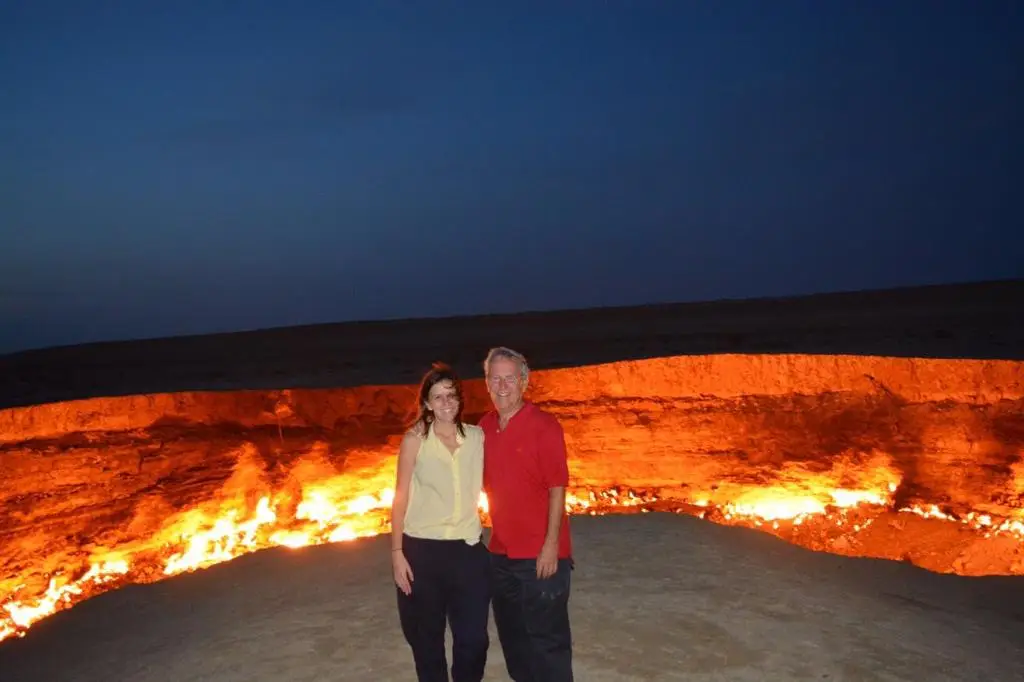
Are there countries you would never want to return to and if so, why?
Bahrain, Kuwait, Paraguay, El Salvador and Comoros are among the countries which in my opinion don’t have much to offer from a natural, cultural or historical perspective and to which I wouldn’t return.
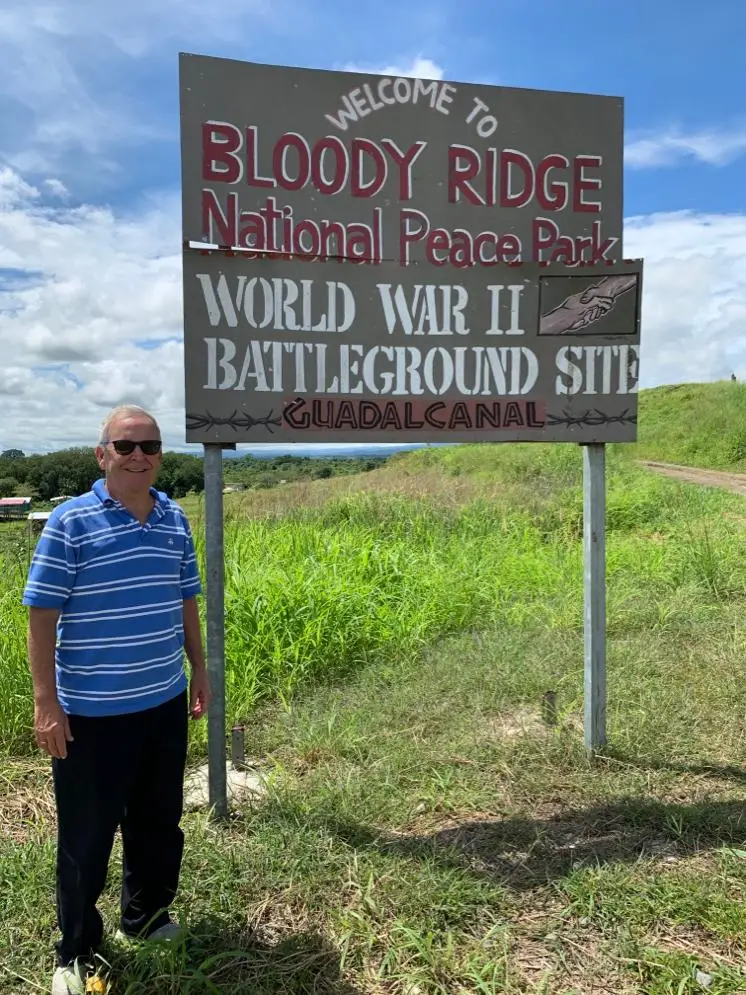
We understand you often travel with your daughter. To what extend do your travel styles differ?
My daughter and I are soulmates. She is the only person with whom I have traveled who also wants to be out of the hotel at 6 am visiting every interesting place in the city or region we happen to be in. She’s only 32 years old and has already been to approximately 115 countries. I thoroughly enjoy being with her. My wife has also been a wonderful travel companion who has already visited 110 countries, but she likes to go at a more normal pace, which I’ve learned to accept and enjoy. My two sons also enjoy traveling and have been to all seven continents, but are not as passionate about it as their sister, which is OK.

So what would you still like to experience travel-wise?
A trip to the North Poie in April that I was really looking forward to was obviously cancelled. Who knows when anybody will be able to travel again? I would like to see Greenland, Salta, the Salar in Bolivia, French Guyana, Borneo, Java and the Pantanal, and also spend time with my wife enjoying Europe, especially France and Italy. And then I’m going to Space with Virgin Galactic when that is doable. I estimate it will happen sometime during the next three years. I’ve already put down my deposit and am really looking forward to it. After that I can sit in my rocking chair, reminisce about all these wonderful trips, and thank the Lord for these incredible experiences.
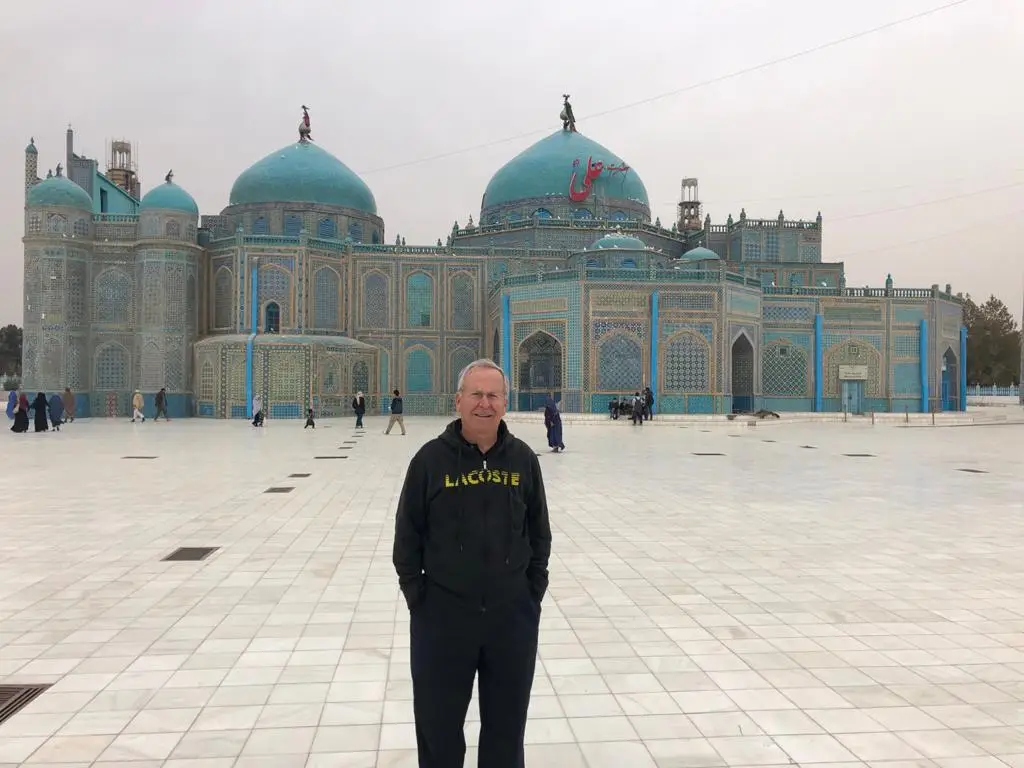
You’re the first person from Central America to complete 193. Is there a travel community of sorts in Panama? Can we expect more 193ers from your part of the world?
It’s true than I’m the first person from Central America to visit all 193 countries, but more importantly I’m the first Hispanic American (Spanish speaking Latin American) to reach this goal. That includes Mexico, Colombia, Argentina, Chile and the rest of Latin America except Brazil.
I feel very proud coming from a very small country like Panama to have achieved this, and hope to be an inspiration to others not only in Panama but also in the rest of the region to do the same. I strongly feel that travel is the best mechanism to promote spiritual and intellectual fulfillment and also peace among nations, so we need to create more awareness of its benefits. And undoubtedly NomadMania is doing a great job in getting that message to as many people as possible, which is fantastic.
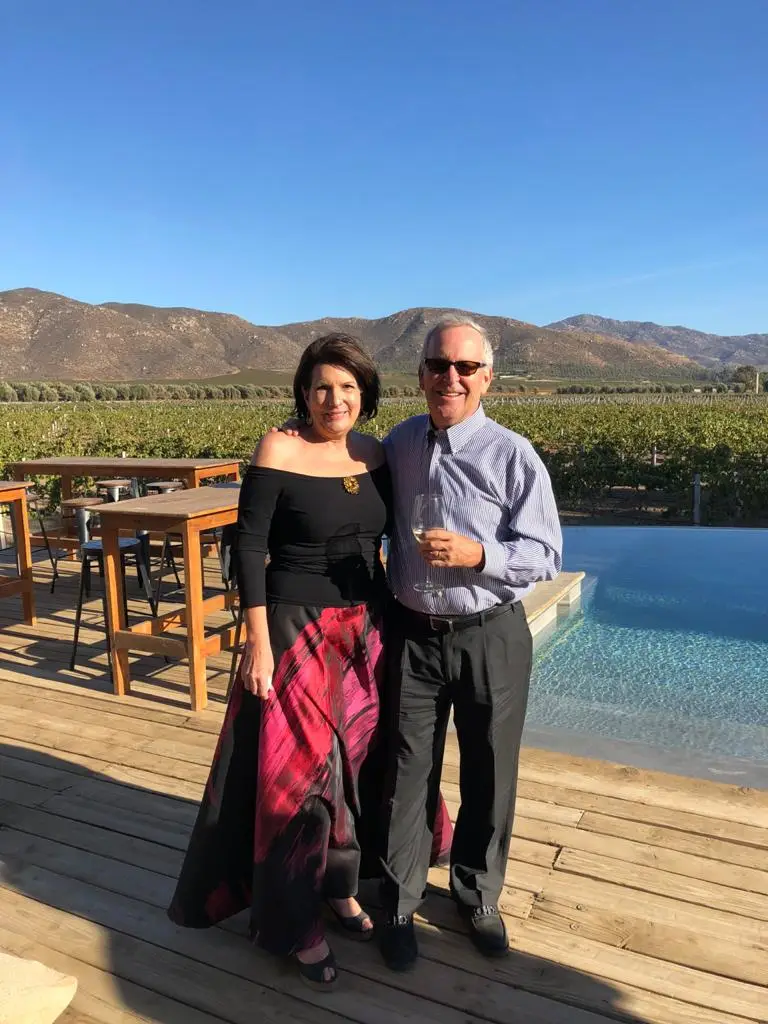
FInally our signature question – if you could invite any 4 people (alive or dead) to dinner, who would you invite and why?
These would be the four people I would invite to dinner: 1. Christopher Columbus, who’s probably the most transformational traveler of all time; 2. Benjamin Franklin, who invented electricity, which in my opinion the most transformational discovery in the history of mankind; 3. Bill Gates, for his impact on the growth of the internet; and 4. Elon Musk, whose thinking regarding Space travel is truly revolutionary.
